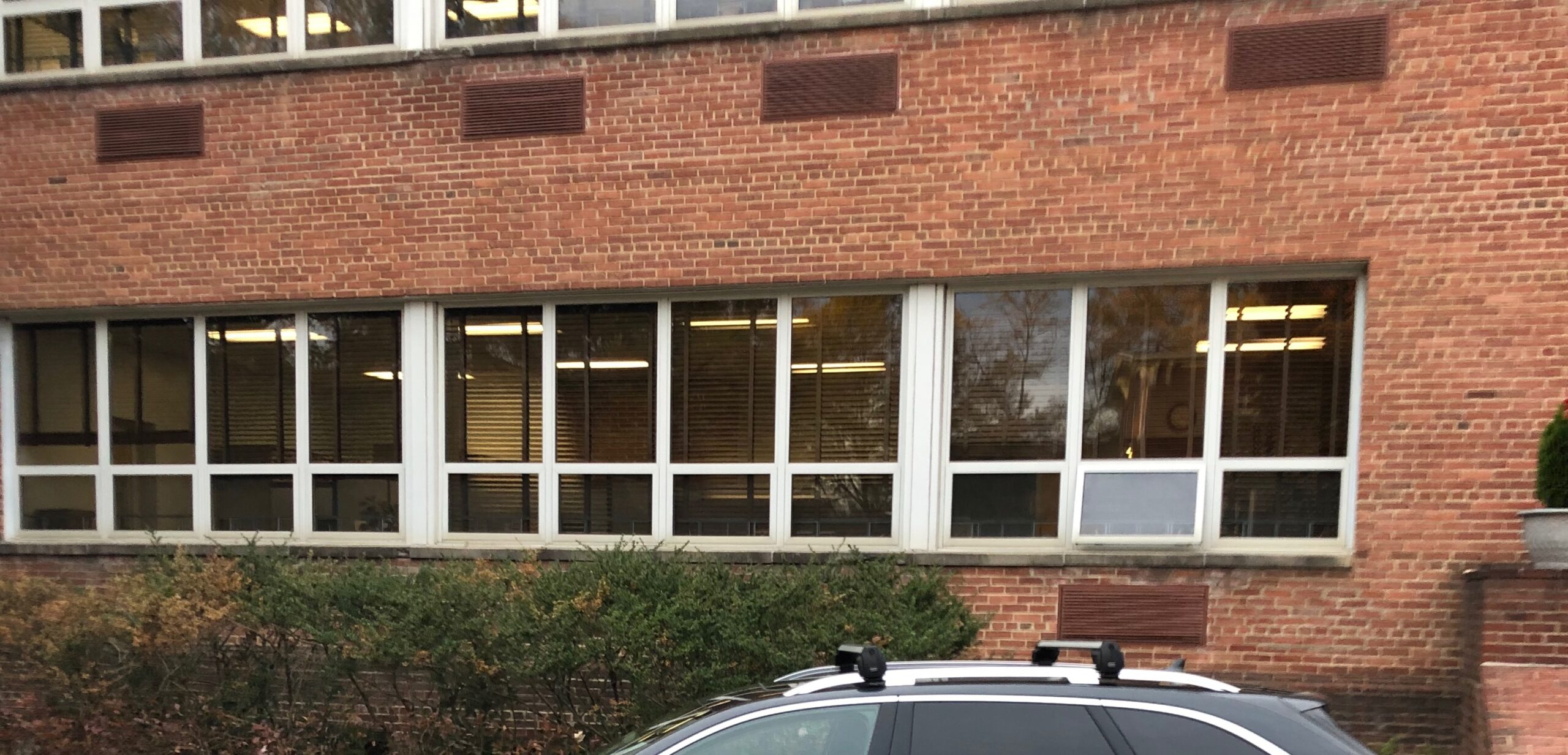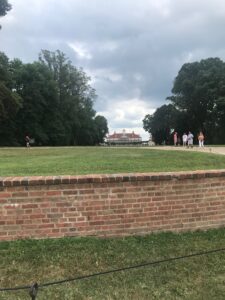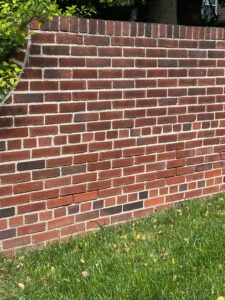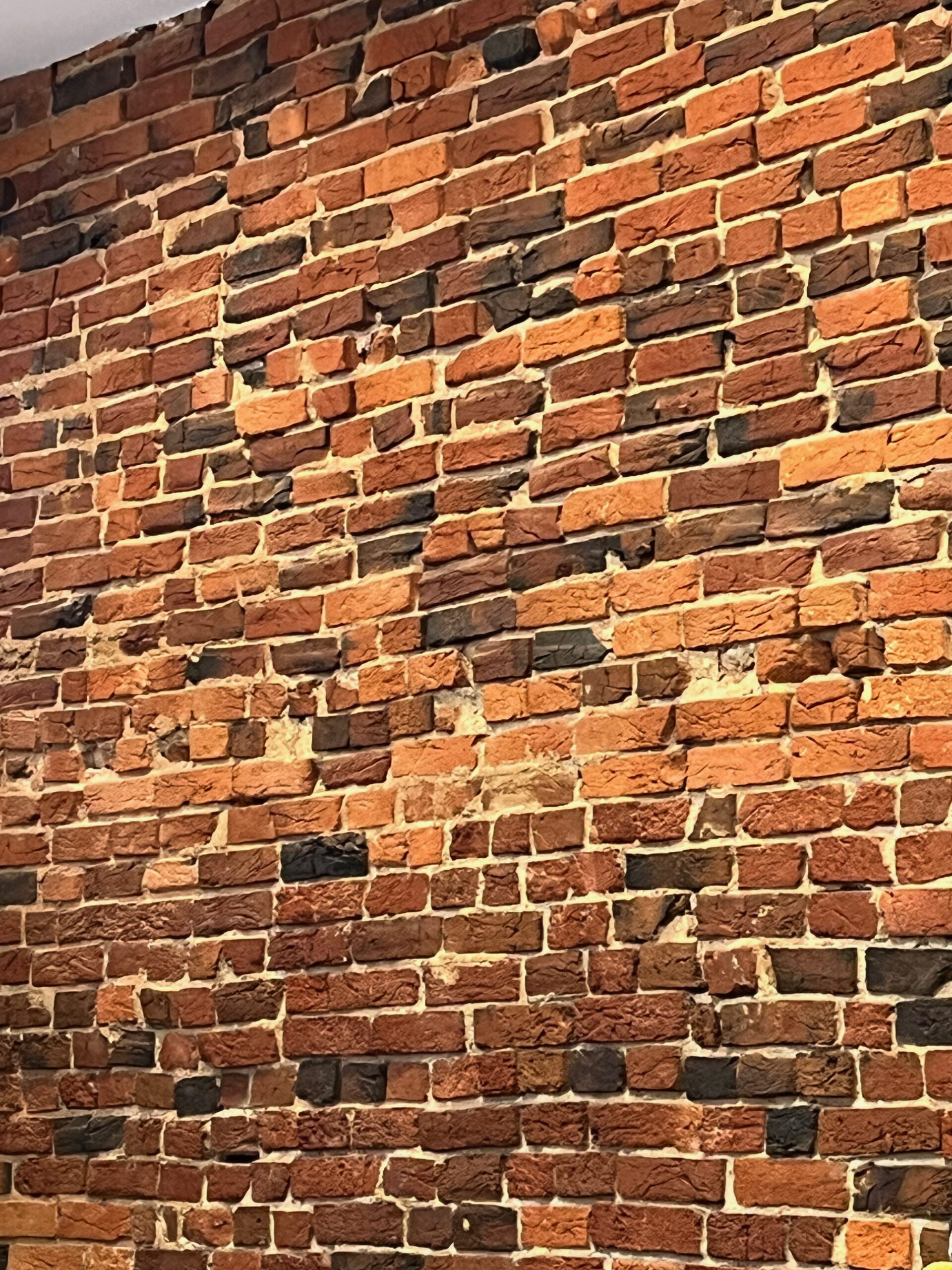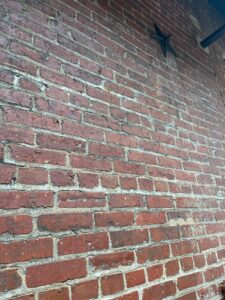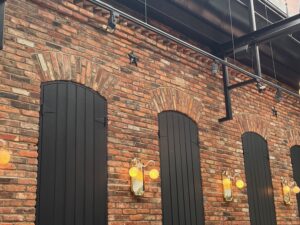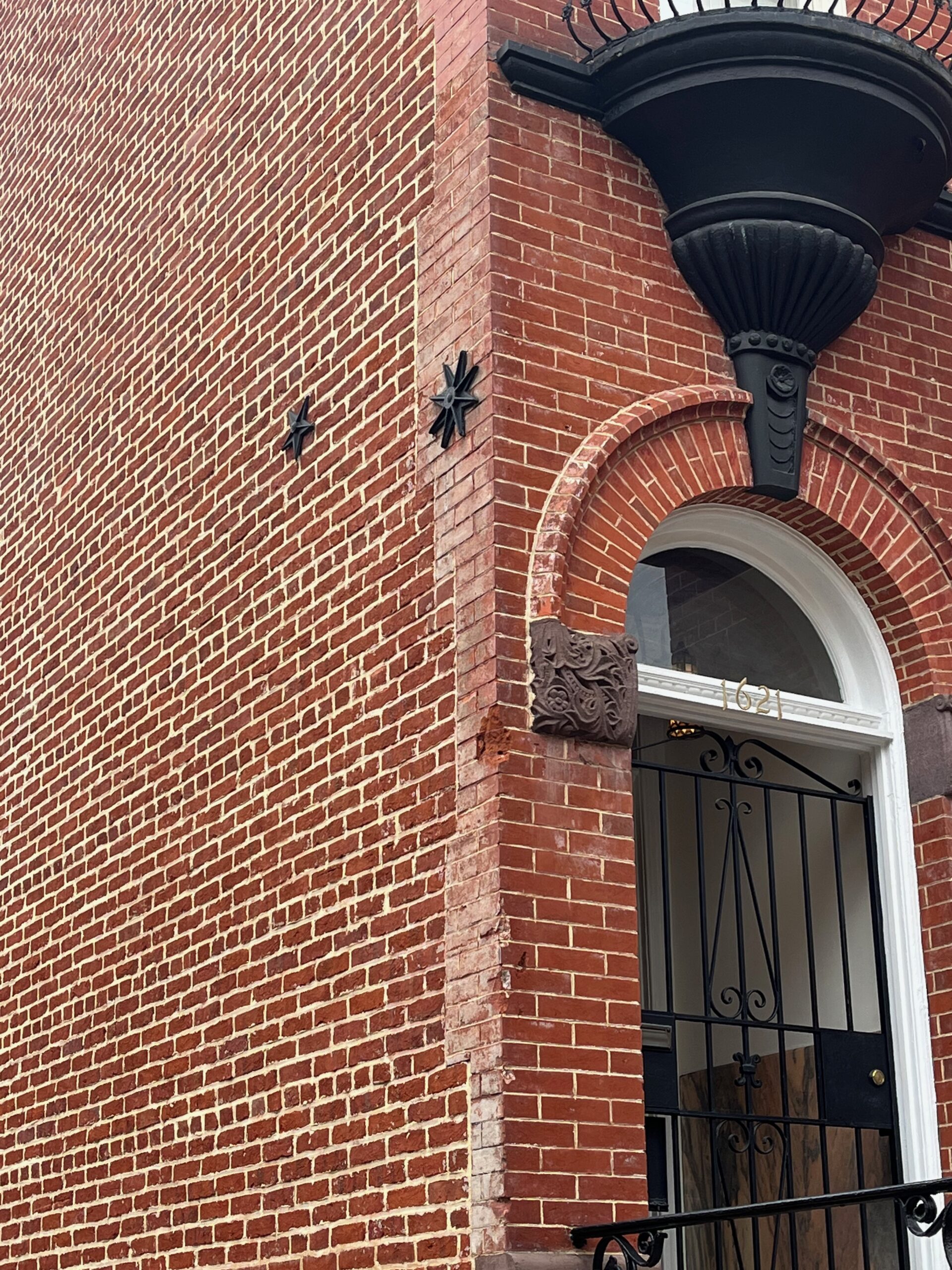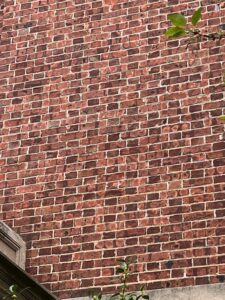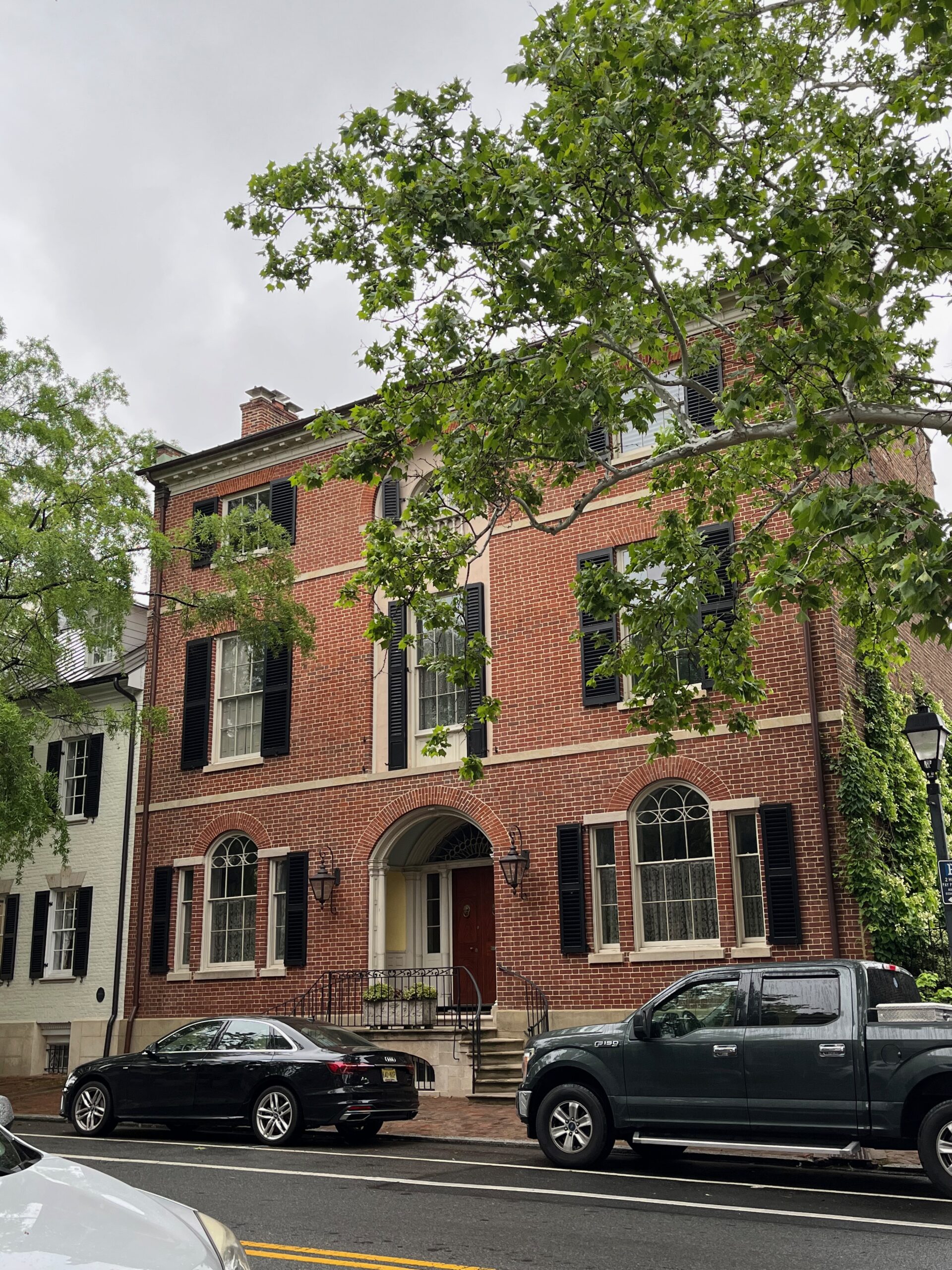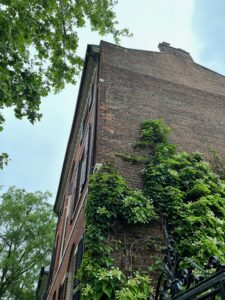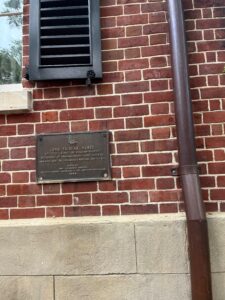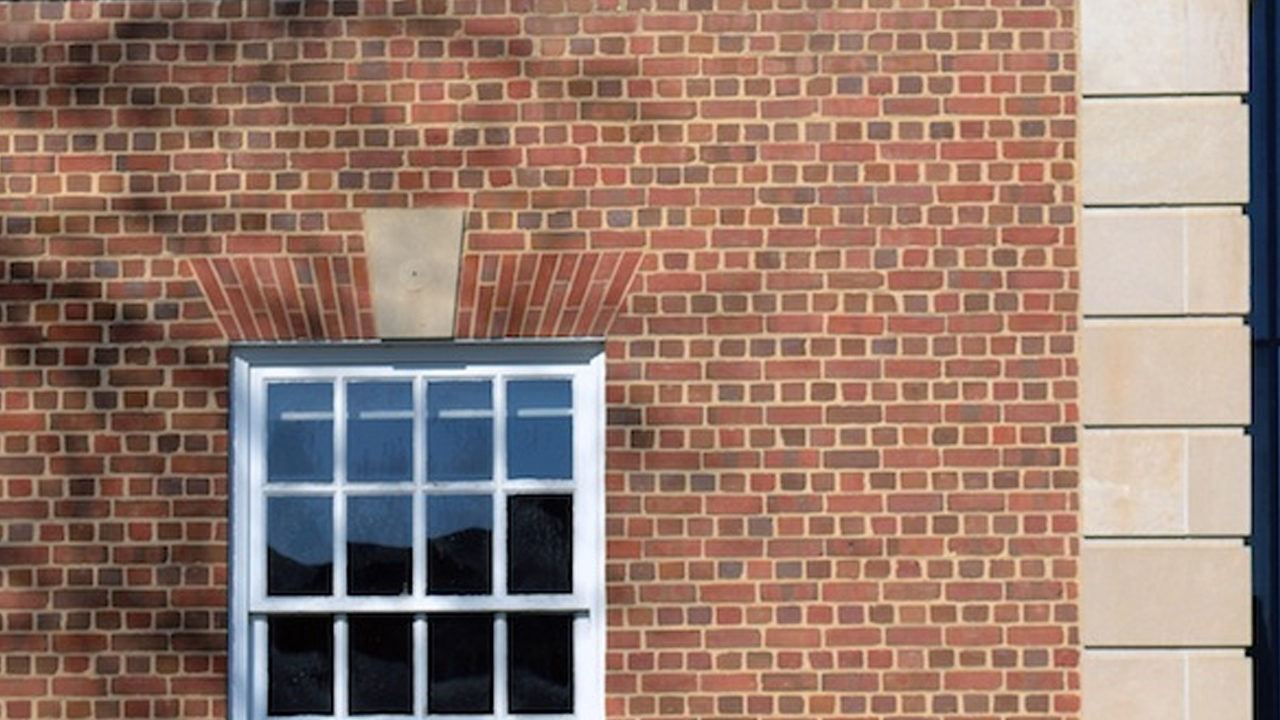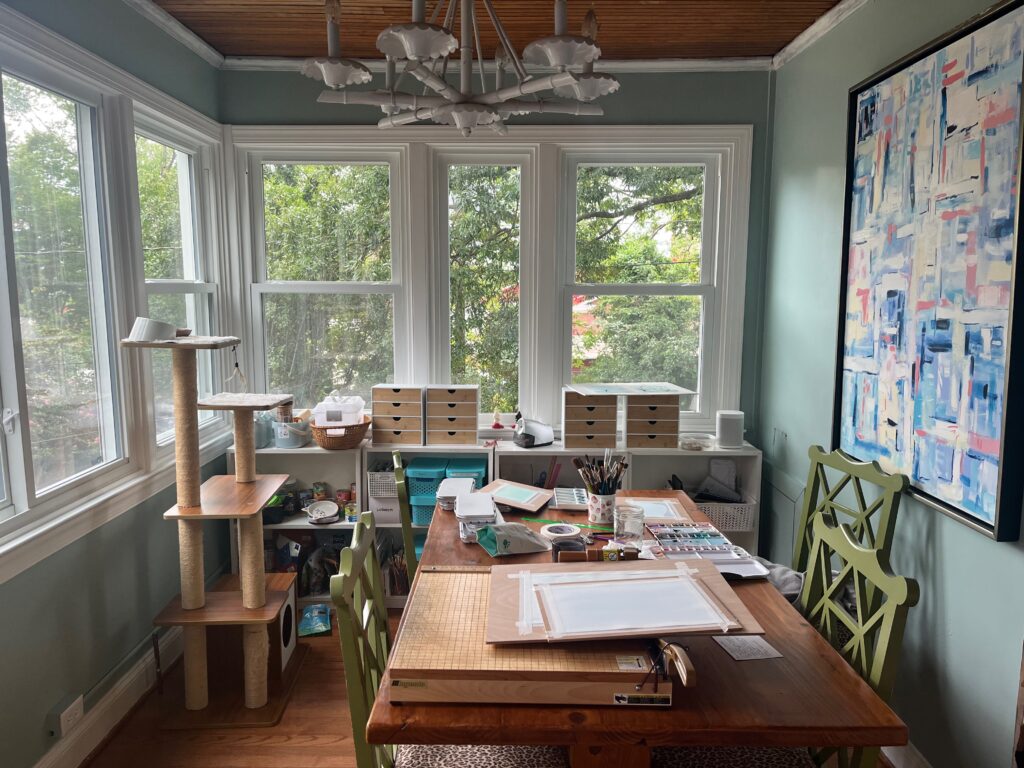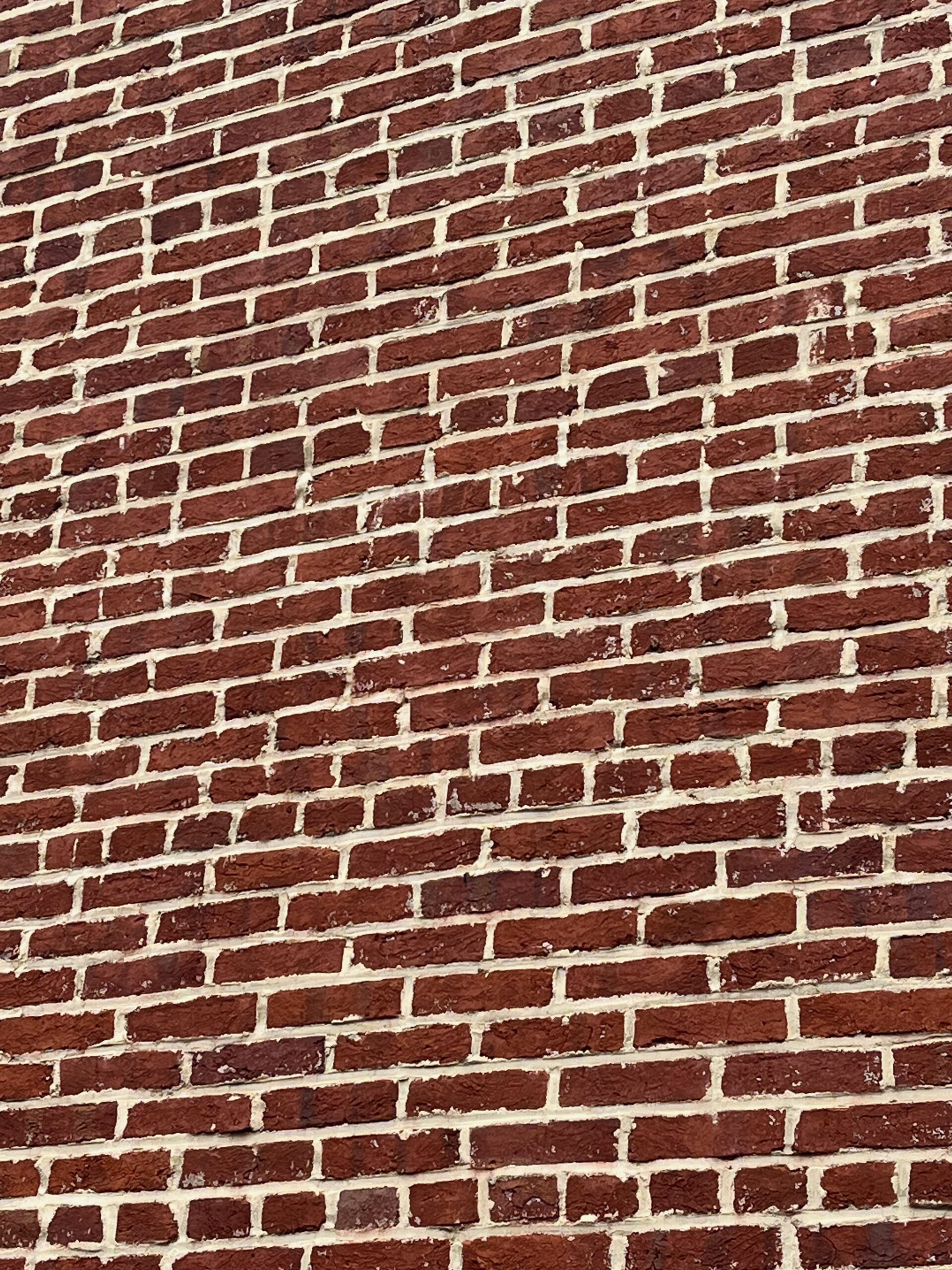
I know we talk a lot about things like lampshades and color and knick-knacks, but we designers have an education in art history, or architecture, or something like that. In my case, it was art history, and my advisor was actually an architect. So we are going to geek out about masonry today.
One of the ideas we covered in architectural history, climactic adaptation in the U.S. of traditional European forms, was of great interest to me, being from Virginia. An example of this is that chimneys in the south were placed on the outside of the house, because you still needed to cook in summer, and on the inside of the house in the north, because it was far colder there and it helped keep the heat in the house. Fall comes to Maine in August, whereas it is still Satan’s front porch in October in Georgia. Makes sense, right?
The more you know, the more you see. And I’m going to teach you something today so similarly simple, you will never un-see it. What we are going to talk about today is brick bond, or the pattern in which bricks are laid so the wall is sturdy.



